The study of electromagnetic signals as potential earthquake precursors has gained significant attention in the scientific community over the past few decades. Researchers have observed anomalous electromagnetic emissions in the days or even hours preceding seismic events, sparking hope that these signals could one day be used for early warning systems. While the field remains controversial due to inconsistent results and varying methodologies, the growing body of evidence suggests there may indeed be a connection between electromagnetic disturbances and impending earthquakes.
Historical Context and Early Observations
The idea that earthquakes might generate detectable electromagnetic signals is not new. As far back as the 18th century, there were reports of unusual luminous phenomena in the sky prior to major quakes. However, it wasn't until the 1960s that scientists began systematically studying these potential precursors. Japanese researchers were among the first to document abnormal electromagnetic emissions before the 1965 Matsushiro earthquake swarm, marking the beginning of modern research in this field.
In subsequent decades, numerous cases of pre-seismic electromagnetic anomalies were reported worldwide. The 1976 Tangshan earthquake in China, which claimed hundreds of thousands of lives, was preceded by distinct electromagnetic disturbances that were recorded by several independent observatories. Similar phenomena were observed before the 1989 Loma Prieta earthquake in California and the 1995 Kobe earthquake in Japan. These consistent observations across different tectonic environments lent credibility to the hypothesis that earthquake-related electromagnetic signals might be a universal phenomenon.
The Physics Behind the Phenomenon
Scientists have proposed several mechanisms to explain how earthquakes might generate electromagnetic signals. One leading theory suggests that when rocks are subjected to extreme stress prior to fracturing, they generate electric currents through processes like the piezoelectric effect or electrokinetic phenomena. Certain minerals in rocks, particularly quartz, can produce electric charges when mechanically stressed. Additionally, the movement of underground fluids under pressure may generate electrical potentials through electrofiltration effects.
Another explanation involves the concept of "positive holes" - electronic charge carriers that are activated in rocks under stress. These charge carriers can travel significant distances through the Earth's crust, potentially reaching the surface where they might ionize air molecules and create detectable electromagnetic disturbances. The interaction between these various processes could explain the wide range of electromagnetic signals observed before earthquakes, from ultra-low frequency (ULF) waves to higher frequency radio emissions.
Modern Detection Techniques
Contemporary research employs sophisticated monitoring systems to detect and analyze potential pre-seismic electromagnetic signals. Ground-based magnetometer networks, such as those operated by universities and geological surveys, continuously measure variations in the Earth's magnetic field. Satellite-based instruments like those aboard the DEMETER (Detection of Electro-Magnetic Emissions Transmitted from Earthquake Regions) spacecraft have provided valuable data on ionospheric disturbances potentially linked to seismic activity.
Recent technological advances have enabled researchers to distinguish between potential earthquake precursors and electromagnetic noise from human activities. Machine learning algorithms are being applied to large datasets to identify patterns that might precede earthquakes. Some studies have focused on specific frequency ranges, particularly the ULF band (0.001-10 Hz), where natural signals appear to stand out more clearly from anthropogenic interference.
Challenges and Controversies
Despite promising findings, the field faces significant challenges. The main criticism revolves around the inconsistent nature of the observed signals - not all earthquakes are preceded by detectable electromagnetic anomalies, and not all anomalies are followed by earthquakes. This variability makes it difficult to establish reliable correlations. Additionally, the Earth's electromagnetic environment is noisy, with signals from solar activity, atmospheric phenomena, and human technologies often masking potential earthquake precursors.
Skeptics argue that many reported correlations could be coincidental or the result of selective reporting. The complex interplay between geological, atmospheric, and human factors makes definitive conclusions elusive. Furthermore, the lack of a universally accepted physical model that can quantitatively predict the expected signals for given earthquake parameters hampers progress in this field.
Recent Breakthroughs and Future Directions
In recent years, several studies have provided more compelling evidence for the connection between electromagnetic signals and earthquakes. A 2020 analysis of data from multiple quakes in Greece found statistically significant electromagnetic anomalies in the 48 hours preceding seismic events. Similarly, researchers in Italy have developed algorithms that appear to predict moderate earthquakes with reasonable accuracy based on electromagnetic data.
Future research directions include the development of multi-parameter monitoring systems that combine electromagnetic measurements with other potential precursors like ground deformation, gas emissions, and animal behavior. International collaborations are expanding monitoring networks across seismically active regions. Some scientists are exploring the possibility of controlled laboratory experiments that could simulate earthquake conditions and help validate theoretical models.
Potential Applications and Implications
If reliable correlations between electromagnetic signals and impending earthquakes can be established, the implications for earthquake preparedness would be profound. Even short-term warnings of hours or days could allow for evacuation of vulnerable structures, shutdown of critical infrastructure, and preparation of emergency services. This could significantly reduce casualties and economic losses from major seismic events.
Beyond earthquake prediction, understanding these phenomena could provide new insights into fundamental earth processes. The study of pre-seismic electromagnetic signals may reveal previously unknown aspects of rock physics and crustal dynamics. Such knowledge could have applications in fields ranging from geothermal energy exploration to volcanic monitoring.
As research continues, the scientific community remains cautiously optimistic about the potential of electromagnetic signals as earthquake precursors. While significant challenges remain, the possible benefits to society make this line of inquiry one of the most important in modern geophysics. The coming years will likely see continued refinement of detection methods and theoretical models, bringing us closer to the goal of reliable earthquake forecasting.
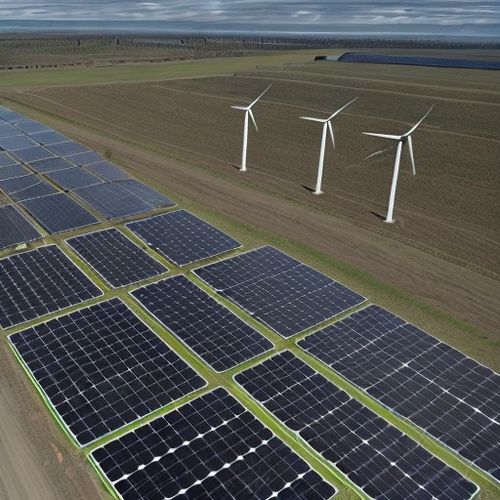
By Megan Clark/Apr 19, 2025

By Thomas Roberts/Apr 19, 2025
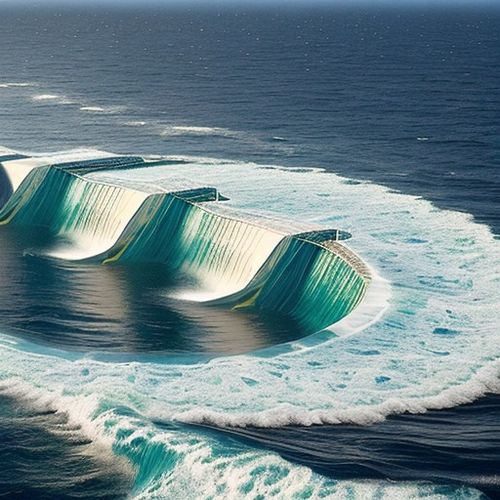
By Thomas Roberts/Apr 19, 2025

By Emily Johnson/Apr 19, 2025

By Samuel Cooper/Apr 19, 2025

By Samuel Cooper/Apr 19, 2025

By George Bailey/Apr 19, 2025

By Joshua Howard/Apr 19, 2025

By William Miller/Apr 19, 2025

By Emily Johnson/Apr 19, 2025

By William Miller/Apr 19, 2025

By James Moore/Apr 19, 2025
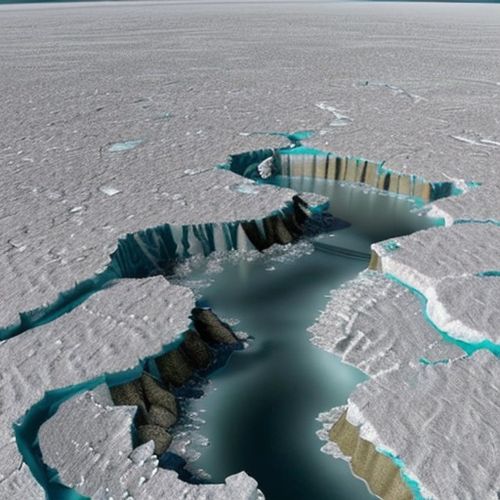
By Joshua Howard/Apr 19, 2025

By William Miller/Apr 19, 2025
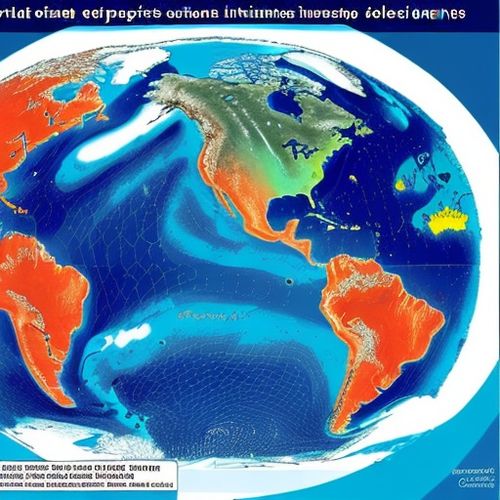
By James Moore/Apr 19, 2025

By Elizabeth Taylor/Apr 19, 2025
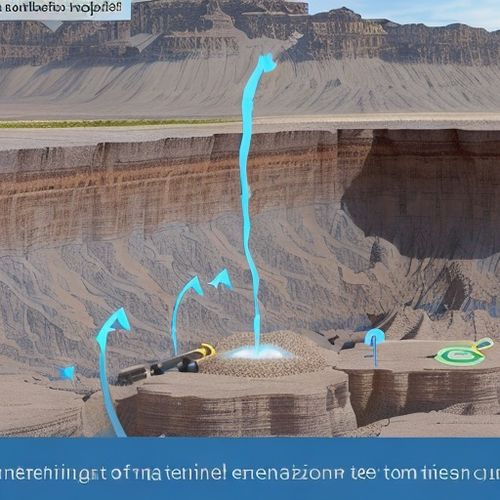
By Grace Cox/Apr 19, 2025
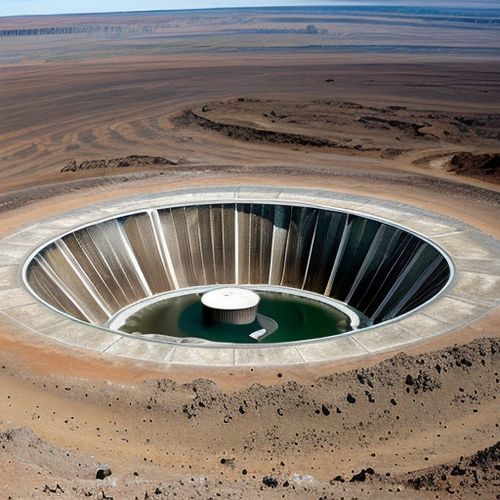
By Grace Cox/Apr 19, 2025

By Joshua Howard/Apr 19, 2025

By David Anderson/Apr 19, 2025